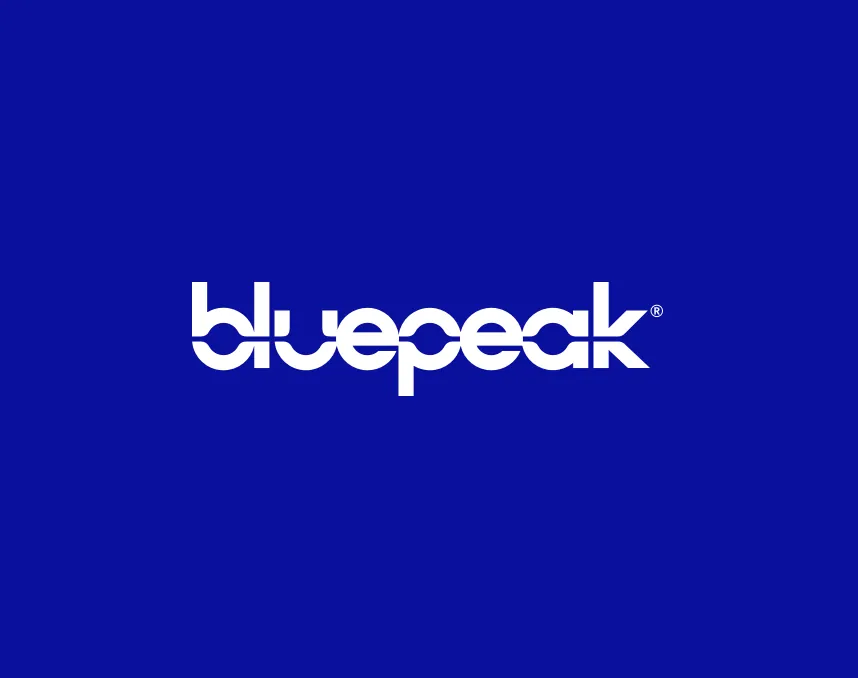What is fiber internet?
You’ve probably heard a lot about fiber internet (also known as fiber broadband) recently. But do you know what makes the technology so buzzworthy? The latest high-speed internet option gives you the most reliable, future-proof connection available. So you can live, work, and play whenever and however you like.
How does fiber internet work?
You might be familiar with traditional high-speed internet connections, like cable and DSL. They rely on electrical signals to transmit data over coax cables or copper telephone wires.
Fiber internet uses thin strands of glass or plastic instead. These strands, called fiber-optic cables, send data as light pulses. This lets it travel almost at the speed of light with minimal signal loss, making it faster and more reliable than older options.

What are the benefits of fiber internet?
Fiber internet is fast. (Really fast.)
If your internet relies on coax cables or phone lines, downloading files can be fast, but uploading the same files usually takes much longer.
That’s not the case with fiber internet. Its fiber-optic cables can transmit more data than thousands of copper cables. It offers identical upload and download speeds, so you won’t notice a difference no matter how you use it.
Since the data moves so fast, you won’t deal with buffering while watching or uploading videos, and your gaming experience will remain lag-free.
Fiber internet is extremely reliable.
Because traditional high-speed internet options use cables or wires and electrical signals to pass data, temperature changes and electromagnetic signals can interfere with the connection.
But fiber internet strands are highly durable, resistant to damage, and aren’t impacted by interference. So, when your area has a big heat wave or storm, you don’t have to worry that your internet will go down.
Also, because fiber-optic cables can handle much more data than copper cables, they don’t get as bogged down, giving you and your family a smoother online experience — even during peak usage times.
Fiber internet can handle your needs today — and tomorrow.
The more connected your household becomes, the more demand you put on your high-speed internet. Beyond computers and TVs, you might have smart appliances, security systems, gaming consoles, VR headsets, and more — all requiring bandwidth from your internet connection. Fiber internet can scale to meet your needs.
How does fiber internet stack up against cable and DSL?
Cable and DSL connections have been the high-speed internet standard for decades for a reason. They’ve been fast enough to meet past data standards and reliable enough to keep you connected. But fiber internet can meet modern demands, plus a lot more. Here’s a quick comparison of DSL, cable, and fiber internet:
DSL
Cable
Fiber Internet
Ideal use
Basic browsing and streaming. (Speeds are limited for multiple devices or heavy use.)
Streaming and gaming in larger households.
Families with high data demands and multiple connected devices.
Reliability
Can be less reliable than fiber or cable, especially during bad weather or periods of high usage
Generally reliable, but can be impacted by factors like heavy rain or storms, which can cause disruptions.
Highly reliable due to its use of light signals, which are less likely to experience interference. It’s also less affected by weather conditions and other external factors.
Future-proof
Least future proof- DSL relies on aging copper telephone lines. Upgrades are limited and may not keep up with the increasing demands of modern internet usage. Your provider may need to replace the infrastructure to keep up with future demands.
Somewhat future-proof- Providers can upgrade cable networks but are limited by the physical limitations of coaxial cable. Upgrades can be costly, and components may need to be replaced over time.
Most future-proof- Fiber internet can easily handle increasing bandwidth demands and support significantly higher speeds than current technology. Fiber supports significant upgrades with fewer infrastructure changes.
Your fiber internet options
If you decide that fiber internet is right for you, you’ll need to determine what speed will meet your needs — and your budget.
At Bluepeak, we offer three fiber internet options:
1 Gig Fiber Internet:
Our 1 Gig plan is ideal for everyday internet usage with multiple users, browsing, and basic streaming. It offers 1000 Mbps download and upload speeds and several included perks like a modem and an eero Wi-Fi router with eero Secure for seamless connectivity and added features to protect your devices.
2 Gig Fiber Internet:
Bluepeak’s 2 Gig package is best for heavy internet usage, SD streaming, standard video calls, and multiplayer gaming. Besides the identical 2,000 Mbps upload and download speeds, you get the same included features and benefits as our 1 Gig plan, with a more advanced eero Wi-Fi router (Pro 6E).
5 Gig Fiber Internet:
Power users and ultra-connected households should consider our 5 Gig fiber internet option. Live HD? Check. 4K and 8K streaming and video calls? It handles that, too. And if you’re a competitive gamer, you’ll want the 5,000 Mbps upload and download speeds.
This Bluepeak option comes with the eero Max 7 Wi-Fi router with eero Plus.
What’s the best fiber internet provider?
The answer depends on what’s available where you live. As you explore fiber internet providers in your area, take a look at the speeds they offer along with any additional options or perks you get. Bluepeak provides three fiber internet speed packages. Each includes unlimited data, a modem, and an eero router, all without term contracts or hidden fees.
How to get fiber internet
Bluepeak fiber internet isn’t available everywhere yet, but we’re expanding fast. Check to see if Bluepeak offers fiber internet where you live.
Questions? Be sure to reach out, and we’ll be in touch shortly.
© Bluepeak, all rights reserved.


